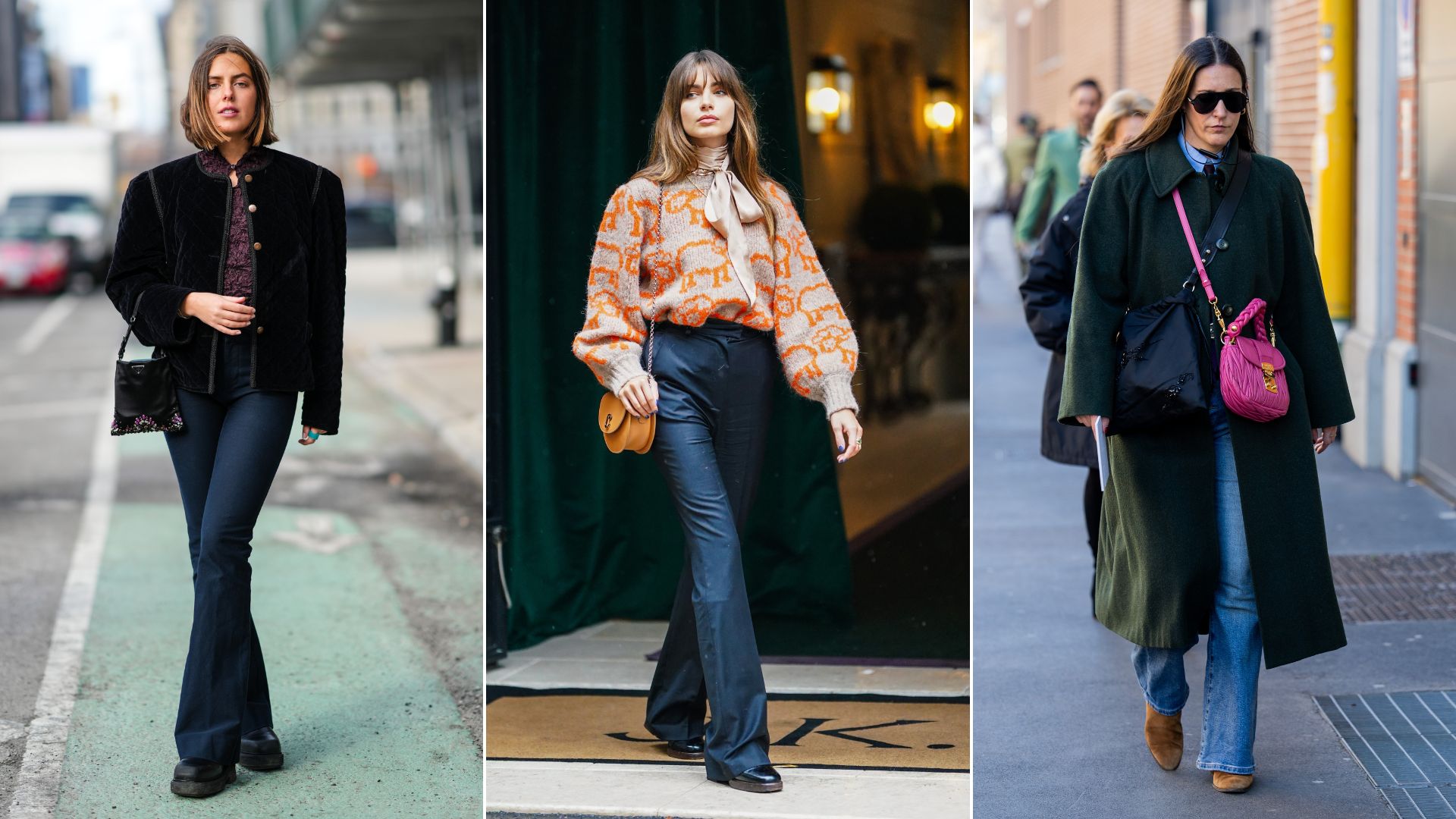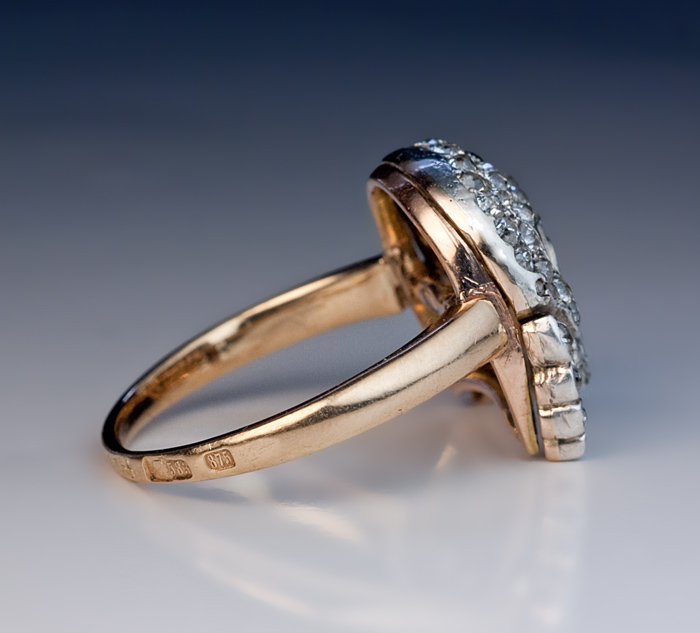Why I’m Committing to Shopping Only Vintage in 2021
“I think you’re giving yourself a very easy resolution,” a friend tells me after I present to her my personal challenge. “Remember when I asked to borrow a dress and you said, ‘Anything but vintage?’ Your entire closet was basically off-limits.” She wasn’t wrong, but I would stick with it nonetheless because I anticipated a win-win: I relished the opportunity to promote secondhand as something other than second best and to substantiate my vintage habits as something other than pure frivolity. I set out to understand the benefits of shopping in the secondary market: consignment, resale, vintage, thrift shops, and, for me, my granny’s closet.
I connect with Charlotte Turner, head of sustainable fashion and textiles at Eco-Age, Livia Firth’s sustainability communications and consulting agency. “The average consumer is buying 60% more but keeping each garment for half as long,” she tells me. “We’re also seeing a massive rise in people depositing unwanted clothing in recycling collection boxes. But we don’t currently have the technology and infrastructure to recycle it all, so a lot actually ends up going to landfill or incineration.” In an estimation by the Clean Clothes Campaign, three out of five garments produced in 2018 by the global fashion industry will end up in a landfill within a year. It’s a sobering statistic and one made even harsher when you take into account that synthetic textiles are mostly nonbiodegradable. And this is of course the tip of the iceberg; there are significant strains put on the environment in the harvesting, dyeing, and manufacturing of textiles and fashion. According to a 2019 report published by the House of Commons Environmental Audit Committee, “textile production contributes more to climate change than international aviation and shipping combined.” This all produces a different kind of overwhelming feeling than the bout I experienced in my photography class years ago. For an industry fueled by fantasy and promise, fashion’s reality stands in stark contrast.
I fully appreciate that not everyone dreams of dressing like they’re being romanced by Don Draper, and shopping vintage and secondhand has its limitations, size being a major issue and hygiene being another. The smaller the year of origin, the smaller the garment, and studies tell us women are larger now than they were 50 years ago. And, of course, if I’m shopping and I see something that I like that’s not my size, I’m out of luck. Vintage’s one-off nature means what you see—size, stains, rips, bad alterations, and all—is what you get. But the broader world of resale is slowly becoming more inclusive.
Regarding size, I call up Sasha Skoda, head of women’s at The RealReal—the mostly web-based wunderkammer for all things secondhand—to ask her about size and the secondary market. “We actually have data that shows that pieces that are in larger sizes sell faster than items in other sizes. And I think that just speaks to the demand that exists in the market,” she says. “It’s challenging for The RealReal because we’re not producing our own clothing and able to meet the demand that we see in the market. But we are always searching for new brands that are size inclusive that we can add to our designer directory.” Of course, The RealReal is not alone. Etsy, eBay, ThredUP, Poshmark, and more are wonderful marketplaces with merchandise assortments operated for the people, by the people. The RealReal tells me that during the pandemic there’s been a 27% increase in new consignors. It seems the stigma around previously worn garb is a vanishing one, and millennials and subsequent generations are embracing it with open arms. She also notes that as more people become consignors and participate in the circular economy, the space becomes more diverse.




